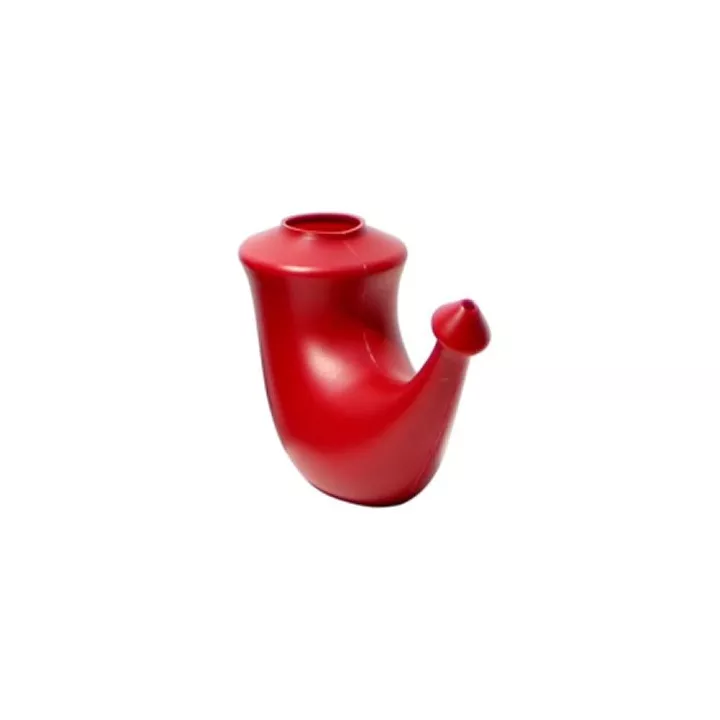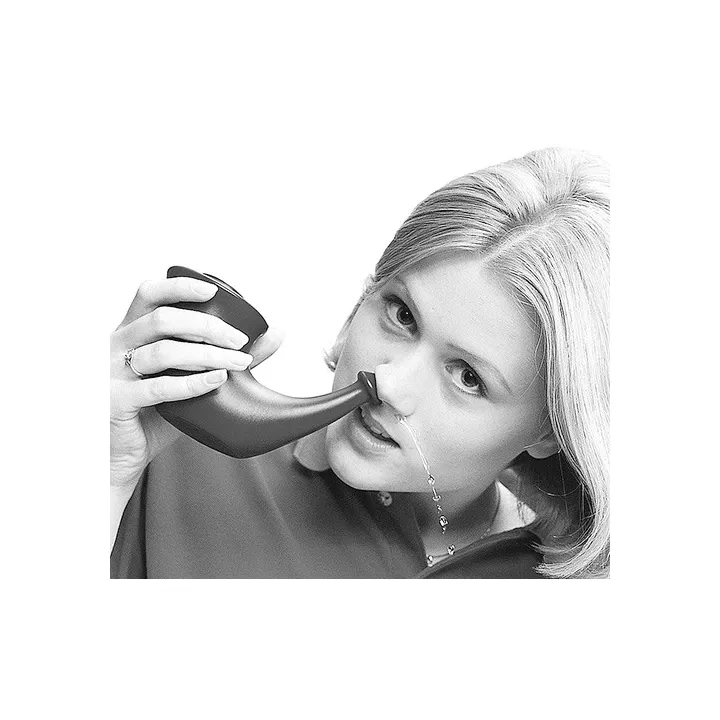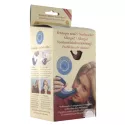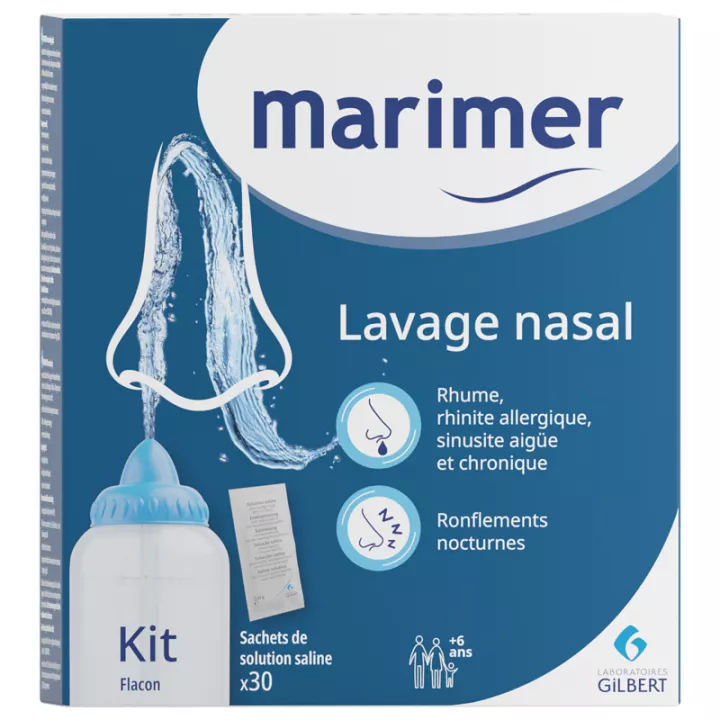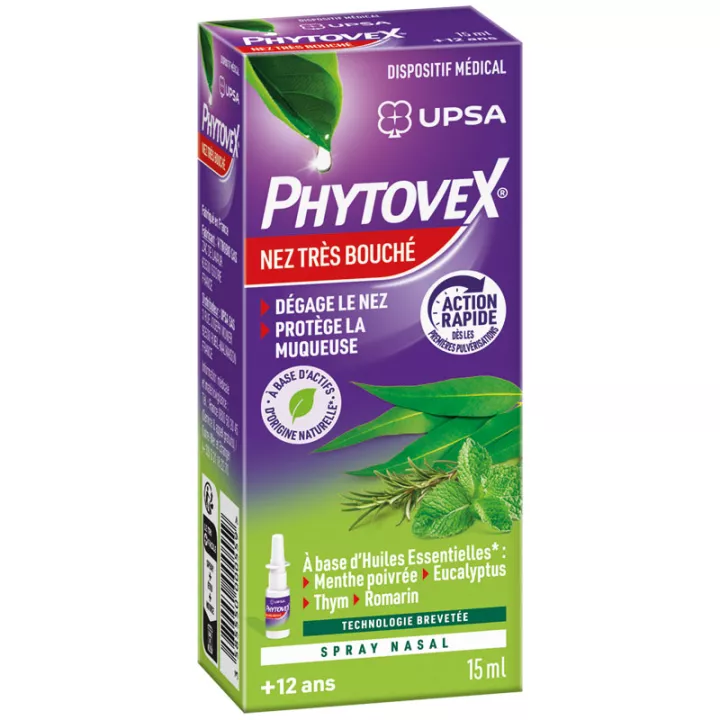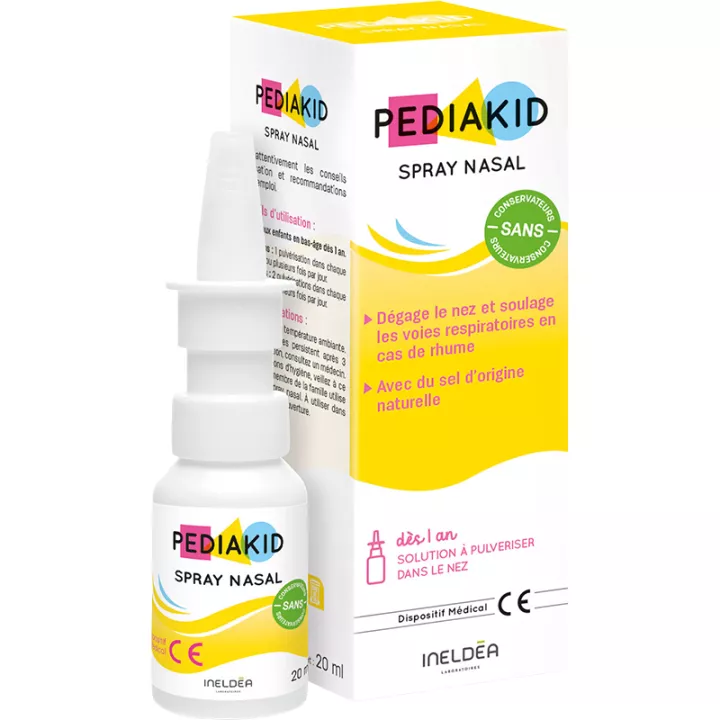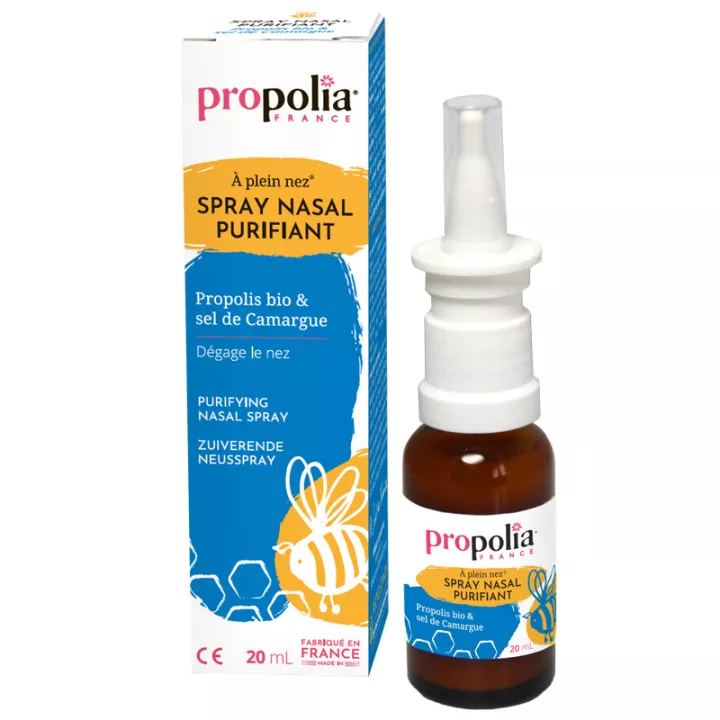What is Rhino-horn lota NetiFlow nasal cleanser used for?
Ecological and economical care
Blocked nose?
Respiratory tract allergies?
Sinusitis problems?
The pleasant, refreshing nasal hygiene recommended by doctors.
Salt dosette included.
Detailed instructions with useful information inside.
The Rhino Horn is a device for nasal cleansing with warm (37°), salted water, for colds, sinusitis and pollen and dust allergies. Rhino Horn can be used on a daily basis, and can also be used by pregnant women who often suffer from blocked noses.
For rhinitis, sinusitis, acute or chronic rhinosinusitis, allergic rhinitis or post-op care, we recommend mixing one sachet of Respimer Netiflow mineral complex ready-to-use, in a glass of water, preferably mineral water, approx. 250 ml.
For nasal congestion, 2 sachets of Respimer should be added to 250 ml of water (once a day).
Respimer's clinically-proven solution helps to clear the respiratory tract without the need for an aerosol, which can be cumbersome when travelling.
The action of this nasal care liquefies mucus to evacuate secretions, infectious agents or crusts, and gently cleanse the nose.
We also offer Santé Verte Actirub Enfant Hygiène du Nez Spray Nasal 120 ml, at the best price in our online pharmacy.
How do I use Rhino-horn lota?
Although Rhino Horn is easy to use, we recommend that you read the instructions carefully.
- Pour in one scoop (or level teaspoon) of natural, additive-free salt.
- Fill the Rhino Horn (3 dl) with water at 37°C, body temperature. Shake lightly to dissolve the salt completely, or stir with the pod.
- Apply thetip of the Rhino Horn to the least blocked nostril. Press lightly to avoid leaks.
- Breathe normally through your mouth. It is impossible to breathe through the nose while the water is flowing.
- Lean forward slightly, over the sink. Avoid bringing your chin forward; instead, draw it in towards your chest.
- Turn your head to the side, keeping your chin tucked in. The water will flow into one nostril and out the other.
- When half the water has run out, remove the Rhino Horn from the nostril and straighten your head. Water will run out of your nose. Block one nostril and blow gently through the other to facilitate drainage. Repeat on the other side. Don't blow too hard to avoid blocking your ears.
- Pour the remaining water into the other nostril, following the same procedure.
- Make sure no water remains in your nose or sinuses after washing.
- After using the Rhino horn, empty it, rinse and let it air-dry. Viruses and bacteria cannot survive on dry plastic.
Give your opinion on the advice for use and dosage of Rhino-Horn Lota with our partner Verified opinions after your purchase.
Precautions for use
It's important to follow certain precautions when using Rhino-Horn Lota. Always ensure that the water used is clean and at the right temperature to avoid any discomfort or risk of irritation. Do not use this product if you have active nasal bleeding or severe nasal infections without consulting a health professional.
What is this natural nasal remedy made of?
Made of hard plastic, ecological and recyclable
Available at
Available in red or blue.
Our expert opinion
Recommended by ENT specialists.
Nosewash is recommended for the care and prevention of upper respiratory tract disorders: blocked noses, colds and rhinitis, sinusitis and allergies.
"Nosewash with warm salt water gently cleanses and de-clogs the nose. It's a simple procedure with no side effects.
Nosewash has proved highly effective in the prevention and treatment of sinusitis, and is also a useful adjunct in the treatment of chronic sinusitis.
People who are allergic to pollen and dust often find that their discomfort is reduced by washing their nose with salt water.
This recommendation is endorsed by many Norwegian ENT specialists.
Nosewashing is part of folk medicine in many parts of the world, and is a natural medical treatment.
In some African tribes, nosewashing is said to "clear the mind". In yoga practice, nose-washing has always been part of the purification process.
Yoga is an ancient system based on practical methods designed to enhance physical and mental well-being. More and more yoga techniques are being used in our culture. Brushing our teeth has been one of them for thousands of years. It has only become commonplace in our culture in the last 100 years. Now, using the Rhino Horn for nasal hygiene is becoming an increasingly popular habit.
The RHINO HORN was created by Per Peo Olsen, founder and managing director of the Oslo Yoga School. The RHINO HORN is made of hard, recyclable, environmentally-friendly plastic (HDPE) and is produced in Norway. It's easy to hold in the hand, the nozzle is comfortable against the nose and its shape regulates the water pressure, which then passes easily into the nostrils. RHINO HORN is on sale in pharmacies in Norway, Sweden, Finland and Denmark.

